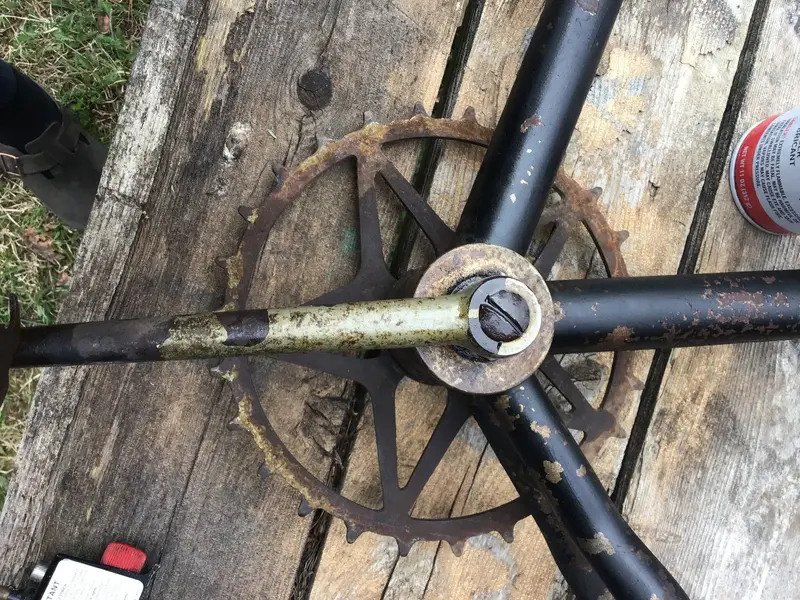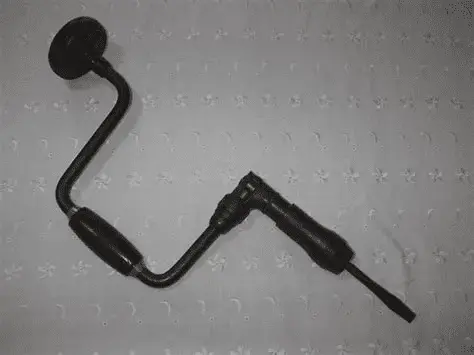Mickeyspinn
rBotM Winner
Nabeaquam I've started going through this thread from page one...only reached page 18... got sidetracked by that tubing again .. .was searching for any pics of the Bolt/crank set up...if you've got any at hand pop em up!
.was searching for any pics of the Bolt/crank set up...if you've got any at hand pop em up!
You say that the thread is much larger than the stock..... intriguing I can only imagine that it's been relieved for weight saving?
I can only imagine that it's been relieved for weight saving?
You say that the thread is much larger than the stock..... intriguing


